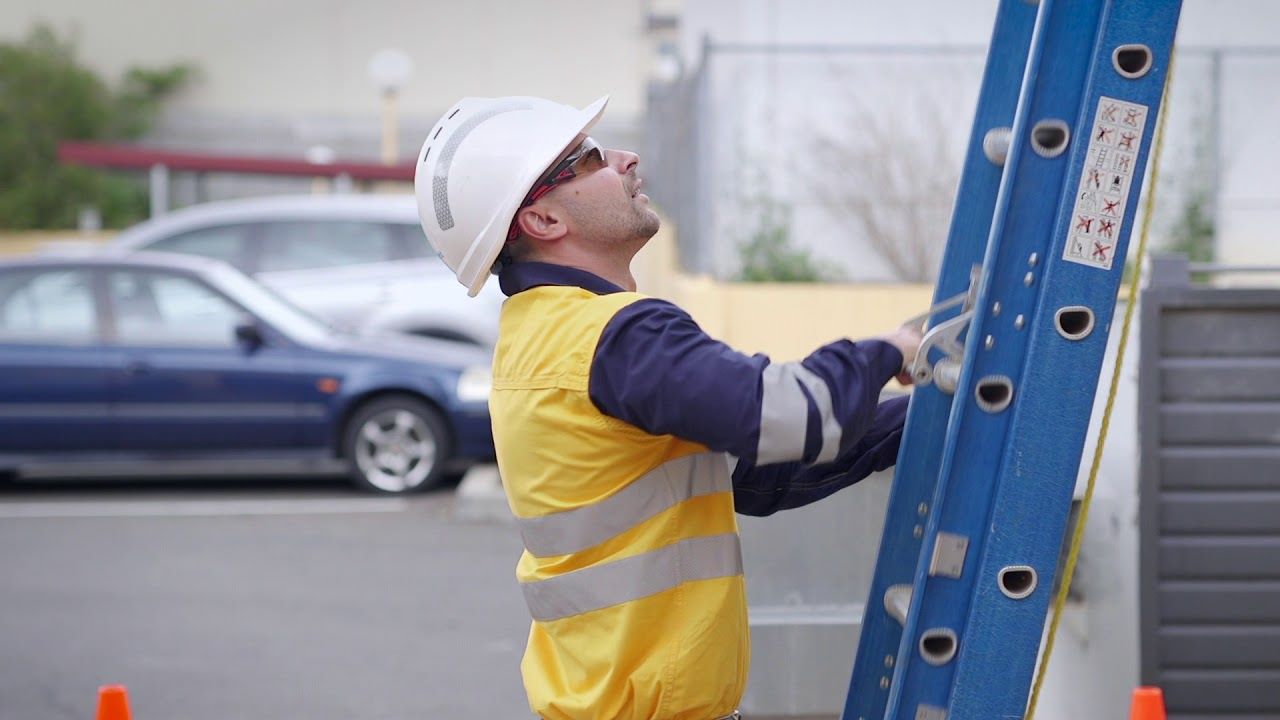

Articles
What Are The Best Practices For Ladder Usage
Modified: April 22, 2024
Learn the proper usage of a ladder and choose the correct answers. Find articles that provide valuable insights for ladder safety and best practices.
(Many of the links in this article redirect to a specific reviewed product. Your purchase of these products through affiliate links helps to generate commission for Storables.com, at no extra cost. Learn more)
Introduction
When it comes to home maintenance, construction projects, or even reaching high shelves, a ladder is an essential tool. However, using a ladder improperly can lead to serious accidents and injuries. That’s why it is crucial to have a good understanding of ladder safety and practice safe habits each time you use one.
The importance of ladder safety cannot be overstated. According to the Centers for Disease Control and Prevention (CDC), ladder-related injuries result in thousands of emergency room visits and hundreds of fatalities each year in the United States alone. These accidents are often caused by factors such as user error, faulty equipment, or lack of proper safety precautions.
Therefore, before you climb that ladder, it is essential to know the best practices for ladder usage, including selecting the right ladder for the task, inspecting it for any defects, setting it up correctly, and using it safely to minimize the risk of accidents. By following these guidelines, you can protect yourself and reduce the chance of injury.
In this article, we will guide you through the key steps to ensure ladder safety. Whether you are a homeowner doing DIY projects or a professional contractor working at heights, these tips will help you stay safe and confident while using a ladder.
So, let’s get started by discussing the preparations you need to make before using a ladder.
Key Takeaways:
- Prioritize ladder safety by assessing tasks, selecting the right ladder, and maintaining three-point contact while climbing. Proper setup, cautious behavior, and avoiding distractions are crucial for accident prevention.
- To ensure ladder safety, inspect the ladder, avoid overreaching, and secure tools. Proper training, secure footing, and weight capacity awareness are essential for preventing common ladder accidents.
Importance of Ladder Safety
Ladder safety is of utmost importance for anyone who uses a ladder, regardless of the task at hand. Every year, numerous accidents occur due to falls from ladders, often resulting in serious injuries or even fatalities. By understanding and practicing ladder safety guidelines, you can significantly reduce the risk of accidents and ensure your well-being.
One of the primary reasons ladder safety is crucial is the potential for falls. Falls from ladders can lead to broken bones, head injuries, spinal cord damage, and even death. These injuries are not only painful and impactful on a personal level but can also result in financial burden, medical expenses, and time away from work.
Another reason to emphasize ladder safety is the impact on productivity and efficiency. Accidents and injuries caused by ladder misuse can delay projects and cause work interruptions, leading to financial losses for businesses and frustration for homeowners. By prioritizing ladder safety, you can complete your tasks efficiently and avoid unnecessary setbacks.
Furthermore, implementing ladder safety practices demonstrates your commitment to overall workplace safety. It sets a positive example for colleagues and helps create a culture of safety awareness. By following safety guidelines and encouraging others to do the same, you contribute to a safer and more productive environment for everyone.
Lastly, ladder safety is not limited to professional settings. Even homeowners performing routine maintenance tasks or reaching for objects on high shelves can benefit from understanding and practicing ladder safety. Taking the time to learn proper ladder usage and safety precautions can prevent accidents at home and protect yourself and your loved ones.
Now that we understand the importance of ladder safety, let’s delve into the steps you should take to ensure safe ladder usage.
Preparing for Ladder Use
Before you begin using a ladder, it’s important to take the necessary steps to prepare yourself and the surrounding area. By doing so, you can minimize potential risks and ensure a safe working environment. Here are some key preparations to consider:
- Assess the task: Evaluate the task at hand and determine if using a ladder is the most appropriate option. Consider the height, duration, and nature of the task. If the task is too complex, requires specialized equipment, or involves working at extreme heights, it may be best to seek professional assistance.
- Gather the right equipment: Depending on the task, you may need additional tools or safety equipment. For example, if you’re working on electrical fixtures, make sure you have non-conductive gloves and tools specifically designed for electrical work.
- Clear the workspace: Ensure the area where you will be using the ladder is free from clutter, debris, or any other obstacles. Remove any tripping hazards and make sure the floor or ground is level and sturdy. If necessary, use barricades or signs to create a safe zone around the ladder.
- Check the weather conditions: If you’re planning to use the ladder outdoors, check the weather forecast. Avoid using the ladder in windy or stormy conditions, as it can increase the risk of accidents and instability.
- Wear appropriate attire: Dress in comfortable clothing that allows for easy movement. Avoid loose clothing that can become entangled in the ladder or other equipment. Wear non-slip footwear to ensure stability on the ladder.
- Inform others: If you’re working in a shared space or in a professional setting, inform others about your intention to use the ladder. This can help prevent accidental collisions or disruptions while you’re on the ladder.
- Secure the area: If possible, create a buffer zone around the ladder to prevent unauthorized access. This will help minimize the risk of accidents caused by people inadvertently bumping or shaking the ladder.
By taking these preparatory steps, you set yourself up for success and reduce the likelihood of accidents or injuries while using a ladder. Next, let’s move on to selecting the appropriate ladder for your task.
Selecting the Appropriate Ladder
Choosing the right ladder for your task is crucial for ensuring safety and efficiency. With numerous ladder types and configurations available, it’s essential to select one that matches the requirements of your specific job. Here are some factors to consider when selecting a ladder:
- Height: Determine the maximum height you need to reach and choose a ladder that is tall enough to safely reach that height. Avoid standing on the top rung or using unstable objects as makeshift extensions.
- Type of task: Different tasks may require different types of ladders. Some common ladder types include step ladders, extension ladders, platform ladders, and combination ladders. Evaluate your specific task and select a ladder that is suitable for it.
- Weight capacity: Consider the weight capacity of the ladder and ensure that it can safely support your body weight along with any tools or materials you will be carrying. Exceeding the weight capacity can result in ladder failure and accidents.
- Material: Ladders are available in various materials, including aluminum, fiberglass, and wood. Each material has its own advantages and considerations. Aluminum ladders are lightweight and resistant to corrosion, while fiberglass ladders are non-conductive and suitable for electrical work.
- Stability: Look for ladders that have stable bases or anti-slip features to prevent tipping or sliding. Additionally, consider the ladder’s overall design and construction to ensure it is sturdy and reliable.
- Portability: If you anticipate needing to move the ladder frequently, consider its weight and ease of portability. Some ladders come with wheels or collapsible features that make them more convenient to transport.
- Reach and access: Evaluate the space where you will be using the ladder. Ensure that the ladder can be set up in that location and that it provides safe and easy access to your working area.
- Quality and condition: Inspect the ladder for any signs of damage, wear, or missing parts. Avoid using a ladder that is damaged or in poor condition, as it can compromise your safety.
By carefully considering these factors, you can select a ladder that is appropriate for your task and provides the necessary stability and safety features. Remember, choosing the right ladder is the first step towards ensuring ladder safety. In the next section, we will discuss the importance of inspecting the ladder before use.
Inspecting the Ladder
Before every use, it is essential to thoroughly inspect your ladder to ensure that it is in good condition and free from any defects or damage. Neglecting to inspect the ladder can put you at risk of accidents and structural failures. Follow these steps to properly inspect your ladder:
- Check for visual damage: Look for any visible signs of damage, such as cracks, bends, or dents in the ladder’s rails, rungs, or steps. Pay attention to any loose or missing parts, as well as signs of rust or corrosion.
- Test the stability: Set up the ladder on a flat surface and verify that all contact points are secure and stable. Give the ladder a gentle shake to ensure it does not wobble or feel unstable. If it does, do not use the ladder and have it repaired or replaced.
- Inspect the locking mechanisms: For extension ladders, check the locking mechanisms, ropes, and pulleys to ensure they are in working order. These mechanisms are essential for securing the ladder in the extended position and preventing accidental collapses.
- Examine the feet and shoes: Inspect the ladder’s feet or shoes for any signs of wear, damage, or grip loss. These components provide traction and stability, so it’s crucial that they are in good condition. Replace any worn-out or damaged feet or shoes immediately.
- Review safety labels and markings: Look for safety labels and markings on the ladder, such as weight capacity information, duty ratings, and safety instructions. Ensure that all labels are legible and that you are familiar with the ladder’s recommended usage guidelines.
- Check for recalls or safety alerts: Before using your ladder, check for any product recalls or safety alerts associated with the make and model of your ladder. Manufacturers regularly issue recalls for defective or unsafe ladders, so it’s crucial to stay informed.
If you notice any damage, defects, or issues during the inspection process, do not use the ladder. It’s important to address any problems promptly by repairing or replacing the ladder, or by seeking professional assistance.
By thoroughly inspecting your ladder before each use, you can identify and address any potential safety hazards, ensuring that you are working with a reliable and structurally sound tool. In the next section, we will cover the correct setup process for ladders to further enhance safety.
Read more: What Is A Wireless Security Best Practice?
Setting up the Ladder Correctly
Properly setting up your ladder is crucial for ensuring stability and minimizing the risk of accidents. Follow these guidelines to correctly set up your ladder:
- Choose a stable surface: Place the ladder on a solid, level surface that is capable of supporting both the ladder and your weight. Avoid using ladders on uneven or slippery surfaces, as they can compromise stability.
- Angle the ladder correctly: For extension ladders, the top of the ladder should extend at least three feet above the surface you’re accessing. The 4-to-1 rule is a commonly recommended guideline, where for every four feet of ladder height, the base should be one foot away from the wall or supporting structure.
- Secure the ladder: If possible, secure the ladder by tying it off or using ladder stabilizers. This helps prevent movement and increases stability, especially when working at greater heights or in windy conditions.
- Avoid leaning ladders: Always use the ladder in the proper upright position. Avoid leaning a ladder against a wall, tree, or another surface, as this can compromise stability and increase the risk of the ladder sliding out.
- Lock any adjustable features: If your ladder has adjustable features, such as telescoping sections or folding joints, make sure they are locked securely in place before climbing the ladder. Unlocked or improperly locked features can lead to sudden collapses or accidents.
- Maintain clearance: Check for any overhead obstacles or power lines that may come in contact with the ladder. Make sure there is sufficient clearance, as contact with these objects can be dangerous and cause electrical hazards.
- Use a spotter or anchor the ladder: For certain tasks or when working at significant heights, it may be beneficial to have a spotter or someone hold the ladder at the base. This provides an extra layer of stability and ensures that the ladder remains secure.
- Avoid overreaching: When on the ladder, always keep your waist within the ladder’s side rails. Overreaching can lead to loss of balance and cause the ladder to tip over. If you can’t reach your work area comfortably, reposition the ladder instead.
It’s important to note that different types of ladders may have specific setup instructions. Always refer to the manufacturer’s guidelines and follow the recommended setup procedures for your particular ladder model.
By setting up your ladder correctly, you provide a solid foundation for safe ladder usage. In the next section, we will discuss proper techniques for climbing and descending the ladder.
Climbing and Descending the Ladder
Knowing the proper techniques for climbing up and down a ladder is essential for maintaining balance, stability, and overall ladder safety. By following these guidelines, you can minimize the risk of falls and ensure a secure climb:
- Face the ladder: Approach the ladder facing it directly, with your body centered between the side rails. Maintain a firm grip on the ladder with both hands.
- Keep three-point contact: Maintain three-point contact with the ladder at all times. This means having two hands and one foot or two feet and one hand in contact with the ladder. This provides stability and helps prevent falls.
- Use proper hand placement: When climbing, maintain a secure grip on the ladder’s rungs or side rails. Avoid climbing with tools or materials in your hand, as it can compromise your balance and control.
- Step carefully: Ascend or descend one step at a time, ensuring that your weight is evenly distributed. Avoid skipping steps or rushing, as this can lead to loss of balance.
- Avoid excessive movement: Minimize unnecessary movement or shifting of your body weight while on the ladder. This helps maintain stability and reduces the risk of the ladder tipping over.
- Face the ladder during descent: When descending, face the ladder and carefully step down, ensuring that both feet are securely planted on each rung before moving the other foot.
- Take breaks if needed: If you’re working for an extended period on the ladder, take regular breaks to rest and avoid fatigue. Fatigue can impair your balance and decision-making abilities.
- Do not slide down: Never slide down or jump off the ladder. This can lead to serious injuries, as it increases the chances of losing balance or getting caught on the ladder.
- Ask for assistance if necessary: For tasks that require carrying heavy or bulky items, consider having someone hand them to you or assist with the climb. This helps maintain balance and prevents excessive strain.
Remember, practicing safe climbing and descending techniques is essential for maintaining your stability and minimizing the risk of ladder accidents. By following these guidelines, you can work confidently and securely on your ladder. In the next section, we will discuss the importance of maintaining three-point contact on the ladder.
1. Always inspect the ladder for any damage or defects before use.
2. Place the ladder on a stable and level surface.
3. Maintain three points of contact (two hands and one foot or two feet and one hand) while climbing or descending.
Maintaining Three-Point Contact
Maintaining three-point contact on the ladder is a fundamental safety practice that helps ensure stability and minimize the risk of falls. By always having three points of contact with the ladder, you can properly distribute your weight and decrease the likelihood of losing balance. Here’s how to maintain three-point contact:
- Use both hands: Keep both hands securely on the ladder’s rungs or side rails. This provides a solid grip and helps support your upper body weight.
- Place both feet: Ensure that both of your feet are fully planted on the ladder’s rungs or steps. Avoid resting your weight on the ladder’s side rails or leaning away from the ladder.
- Avoid overreaching: Whenever possible, work within a comfortable range without overreaching. Overreaching can throw off your balance and compromise your three-point contact.
- Use proper ladder positioning: Position the ladder in such a way that it allows you to maintain three-point contact without stretching or straining. This may require adjusting the ladder’s placement or using ladder accessories to extend your reach.
- Secure your tools: If you need to use tools while on the ladder, secure them in a tool pouch or use a tool belt to keep your hands free and maintain three-point contact. Avoid carrying tools in your hands while climbing or working on the ladder.
- Plan your movements: Before starting a task, plan out your movements and carefully consider how you will maintain three-point contact throughout. This will help you work efficiently and safely.
- Ask for assistance if needed: If the task requires you to manipulate heavy objects or perform complex work, consider asking a coworker or assistant to hand you the items. This ensures that you can maintain three-point contact without compromising stability.
- Take breaks if necessary: If you need to take a break or readjust your position while on the ladder, do so carefully while always maintaining at least three points of contact. This will help prevent falls or loss of balance.
Remember, maintaining three-point contact is a critical safety principle that should be practiced consistently while using a ladder. Adhering to this principle ensures that you have a secure grip and stable positioning, reducing the risk of accidents and falls. In the next section, we will discuss the use of ladder accessories for enhanced safety.
Using Ladder Accessories
Ladder accessories are additional tools and attachments that can enhance safety and functionality during ladder use. These accessories are designed to provide added stability, convenience, and protection. Here are some commonly used ladder accessories:
- Ladder stabilizers: Ladder stabilizers are attachments that provide extra support and prevent the ladder from slipping or tipping. They span a wider area at the base of the ladder, distributing the weight more evenly and increasing overall stability.
- Ladder standoffs: Ladder standoffs are extension arms that pivot and extend away from the ladder, creating a stable platform. They allow you to maintain a safe distance from walls, gutters, or other objects while providing stability and clearance for your work.
- Ladder levellers: Ladder levellers are adjustable attachments that can be mounted on the ladder’s feet. They allow you to level the ladder on uneven surfaces, ensuring stability and safer ladder use.
- Ladder safety harness: In certain high-risk situations, such as working at extreme heights or on slippery surfaces, a ladder safety harness can be used. It includes a harness that secures you to the ladder, preventing falls and providing an additional line of protection.
- Ladder trays or hooks: Ladder trays or hooks are attachments that can hold tools, paint cans, or other materials, keeping your hands free and minimizing the risk of dropping items from the ladder.
- Ladder pads or stand-off mats: These attachments are placed on the ladder or the surface it rests against to provide a non-slip grip and protect both the ladder and the supporting structure from damage.
- Work platforms: Work platforms are stable platforms that can attach to the ladder, providing a wide, secure space for standing or working. They offer a comfortable and safe area for extended periods of work at height.
When using ladder accessories, it is essential to follow the manufacturer’s instructions carefully. Incorrect installation or misuse of accessories can compromise ladder stability and safety. Always select accessories that are compatible with your specific ladder type and ensure that they are securely attached before climbing.
While ladder accessories can provide valuable enhancements to safety, they should not replace proper ladder usage techniques and precautions. They are designed to supplement safety measures, not serve as substitutes for best practices and common sense.
By using appropriate ladder accessories, you can further enhance safety and efficiency during your ladder tasks. In the next section, we will discuss general guidelines for working safely on a ladder.
Read more: Best Practices For Handling Tableware
Working Safely on a Ladder
Working safely on a ladder involves a combination of proper techniques, cautious behavior, and adherence to safety guidelines. By following these general guidelines, you can minimize the risk of accidents and ensure a productive and secure work experience:
- Stay focused: Keep your full attention on the task at hand while on the ladder. Avoid distractions and maintain a clear mind to prevent errors or accidents.
- Do not exceed ladder capacity: Always adhere to the weight capacity specified by the ladder manufacturer. Overloading a ladder can lead to instability and structural failure.
- Avoid sudden movements: Any sudden movements or jerky motions on the ladder can throw off your balance and compromise your safety. Move slowly and deliberately, maintaining control of your body at all times.
- Do not stand on the top rung: Never stand on the top rung, step, or platform of a ladder. These areas are not designed for weight-bearing and using them can result in loss of balance or ladder tipping.
- Keep the ladder centered: Always ensure that you are positioned squarely on the ladder, with your body centered between the side rails. This helps maintain stability and balance.
- Use caution when reaching: When reaching for objects or materials while on the ladder, make sure you are properly positioned and maintain three-point contact. Avoid overreaching, as it can lead to falls or ladder instability.
- Secure tools and materials: Securely attach tools, paint cans, or other materials to your person or use ladder accessories designed for holding items. This prevents dropped objects, which can cause injuries to yourself or others.
- Take breaks when needed: If you are working on the ladder for an extended period, take regular breaks to rest and avoid fatigue. Fatigue can impair your ability to maintain balance and make safe decisions.
- Be cautious of electrical hazards: If you are working near electrical sources or overhead power lines, take extra precautions. Use a non-conductive ladder and maintain a safe distance to prevent electrical accidents.
- Weather awareness: Pay attention to weather conditions, especially if working outdoors. Avoid working on ladders during high winds, rain, or storms, as these conditions can increase the risk of accidents and instability.
Remember, safety should always be the top priority when working on a ladder. By practicing cautious behavior, employing proper techniques, and following safety guidelines, you can create a secure work environment and reduce the chances of accidents or injuries.
In the next section, we will discuss common ladder accidents and how to avoid them.
Avoiding Common Ladder Accidents
Ladder accidents can occur due to various factors, but with proper precautions, many of these accidents can be prevented. By understanding the common causes of ladder accidents and implementing the necessary safety measures, you can significantly reduce the risk of mishaps. Here are some key tips for avoiding common ladder accidents:
- Proper training: It is vital to receive proper training on ladder usage techniques and safety protocols. Whether for personal use or professional tasks, understanding the correct procedures and precautions can help prevent accidents.
- Secure footing: Always ensure that the ladder is on a stable and level surface before climbing. Uneven or slippery surfaces can compromise ladder stability and lead to falls.
- Proper ladder placement: Position the ladder at an appropriate angle and ensure that it is securely placed against a stable supporting surface. Leaning the ladder against unstable objects or inappropriate surfaces can result in ladder collapse.
- Avoid overreaching: Overreaching while on the ladder is a common cause of falls. Maintain your center of gravity and only reach as far as your arms can comfortably extend without compromising your balance.
- Regular ladder inspection: Regularly inspect your ladder for any signs of damage, wear, or defects. If you notice any issues, promptly repair or replace the ladder to prevent accidents from occurring.
- Proper climbing and descending: Always maintain three-point contact when climbing or descending the ladder. This means having two hands and one foot, or two feet and one hand, in contact with the ladder at all times to ensure stability.
- Consider weight capacity: Do not exceed the ladder’s weight capacity. Overloading the ladder can lead to structural failure or collapse.
- Use appropriate ladder for the task: Select the right ladder for the specific task at hand. Using the wrong ladder type or size can jeopardize safety and increase the likelihood of accidents.
- Keep the work area clear: Remove any obstacles, debris, or tripping hazards from the work area before using the ladder. Clearing the space helps prevent accidents while climbing up and down the ladder.
- Avoid distractions: When working on a ladder, focus solely on the task at hand. Avoid distractions like using your phone, engaging in conversation, or doing any other activities that may divert your attention and compromise safety.
By implementing these preventive measures, you can significantly reduce the occurrence of ladder accidents. Remember, ladder safety is a shared responsibility, and it is crucial to prioritize safety not only for yourself but also for those around you.
In the next section, we will discuss the importance of proper ladder storage and transportation.
Storing and Transporting the Ladder
Proper storage and transportation of ladders are essential to maintain their integrity, prolong their lifespan, and prevent accidents. Follow these guidelines to ensure the safe and effective storage and transportation of your ladder:
- Choose a suitable storage location: Store your ladder in a dry, well-ventilated area away from excessive heat, moisture, or direct sunlight. Avoid storing it in areas where it may be subject to damage or interfere with regular movement.
- Secure the ladder: When storing the ladder, make sure it is secured in an upright position or hung on proper hooks or brackets. This prevents it from falling, tipping over, or causing hazards to people or property.
- Protect from moisture: If your storage area is prone to moisture, consider covering the ladder with a waterproof material or placing moisture-absorbent packs nearby. Moisture can cause rust and weaken the ladder over time.
- Inspect before storage: Before storing the ladder, perform a thorough inspection to ensure it is in good condition. Address any damage or defects promptly to prevent further deterioration during storage.
- Secure loose parts: If your ladder contains removable or detachable parts, such as ladder trays or stabilizers, secure them properly before storing. This prevents loss or damage to those components.
- Properly secure for transportation: When transporting the ladder, make sure it is securely fastened to your vehicle or trailer. Use proper straps or restraints to prevent movement or shifting during transit.
- Protect from road debris: Place a protective covering or tarp over the ladder during transportation to shield it from road debris, dust, or other potential sources of damage.
- Follow vehicle regulations: Adhere to local laws and regulations regarding the transportation of large objects like ladders. Ensure that your ladder does not obstruct your view or pose a danger to other road users.
- Use care during loading and unloading: Take caution when loading or unloading the ladder from your vehicle or trailer. Use proper lifting techniques to avoid strain or injuries, and have someone assist you if needed.
- Store ladders separately: Whenever possible, store ladders separately to prevent them from leaning or falling onto other objects. This avoids potential damage or injuries caused by accidental contact.
By following these storage and transportation guidelines, you can maintain the condition of your ladder and ensure its safety and longevity. It is important to remember that proper handling and care are not only needed during ladder use but also during storage and transportation.
Now that we have discussed the key aspects of storing and transporting your ladder, let’s conclude our article.
Conclusion
Ladder safety is of utmost importance when it comes to working at height or simply accessing elevated areas. By following the proper practices and guidelines outlined in this article, you can significantly reduce the risk of accidents and injuries while using a ladder.
Starting with the preparations before using a ladder, such as assessing the task and gathering the necessary equipment, through selecting the appropriate ladder and inspecting it for any defects, each step plays a crucial role in ensuring a safe experience. The correct setup of the ladder, maintaining three-point contact while climbing and descending, and utilizing ladder accessories further enhance safety.
It is important to work safely on a ladder by staying focused, avoiding overreaching, and securing tools and materials. Additionally, being aware of common ladder accidents and taking steps to avoid them, such as proper training, secure footing, and weight capacity consciousness, can significantly reduce the risk of mishaps.
When it comes to storing and transporting your ladder, following proper storage practices, securing the ladder, and ensuring safe transportation contribute to its longevity and prevent accidents during handling.
Remember, ladder safety is a shared responsibility. By practicing these safety measures, being aware of your surroundings, and taking proactive steps to protect yourself and others, you can confidently and safely complete your tasks while using a ladder.
So, make ladder safety a priority, educate others about its importance, and always prioritize your well-being when working at height. By working safely and responsibly, you can avoid unnecessary accidents and continue to tackle your projects with confidence.
Frequently Asked Questions about What Are The Best Practices For Ladder Usage
Was this page helpful?
At Storables.com, we guarantee accurate and reliable information. Our content, validated by Expert Board Contributors, is crafted following stringent Editorial Policies. We're committed to providing you with well-researched, expert-backed insights for all your informational needs.

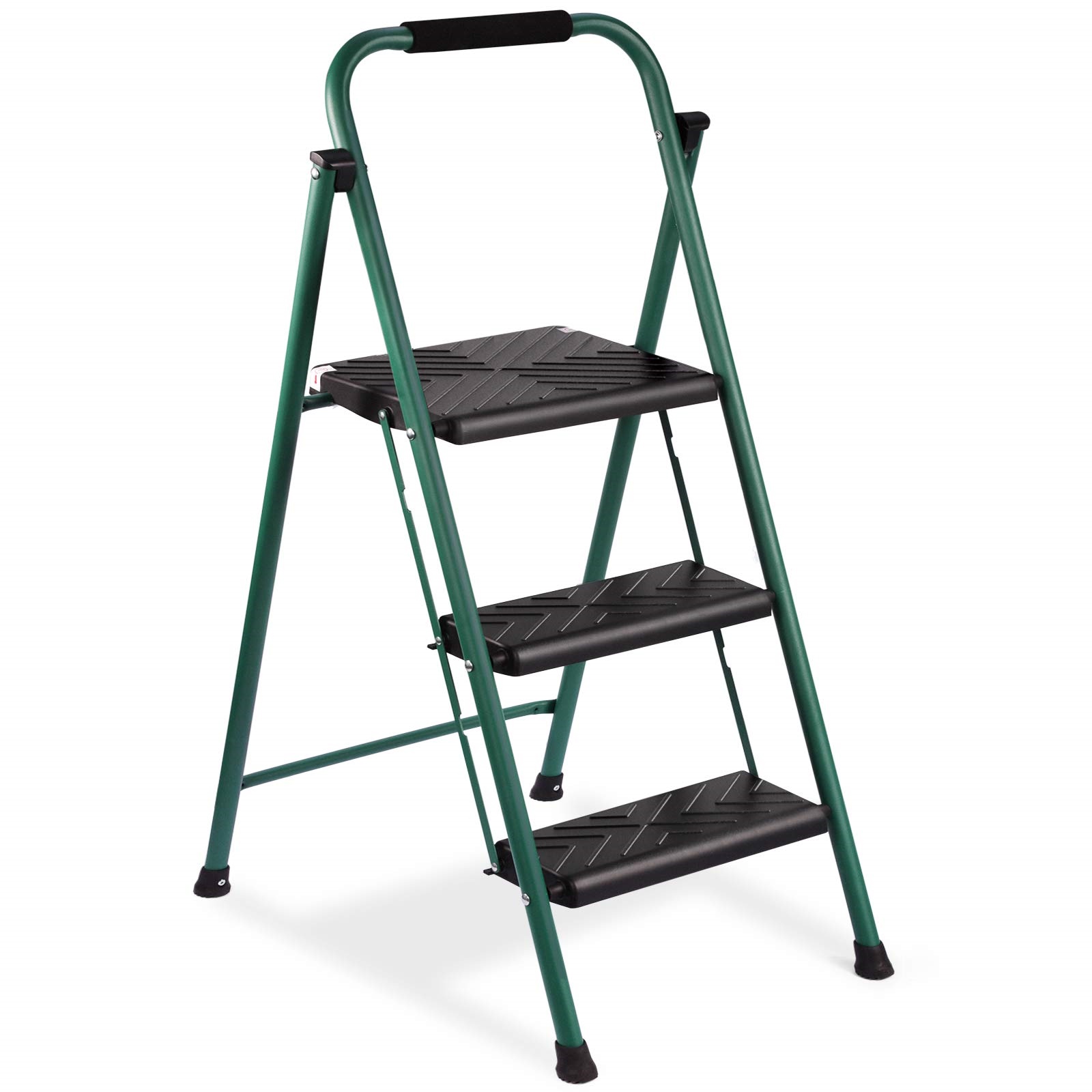
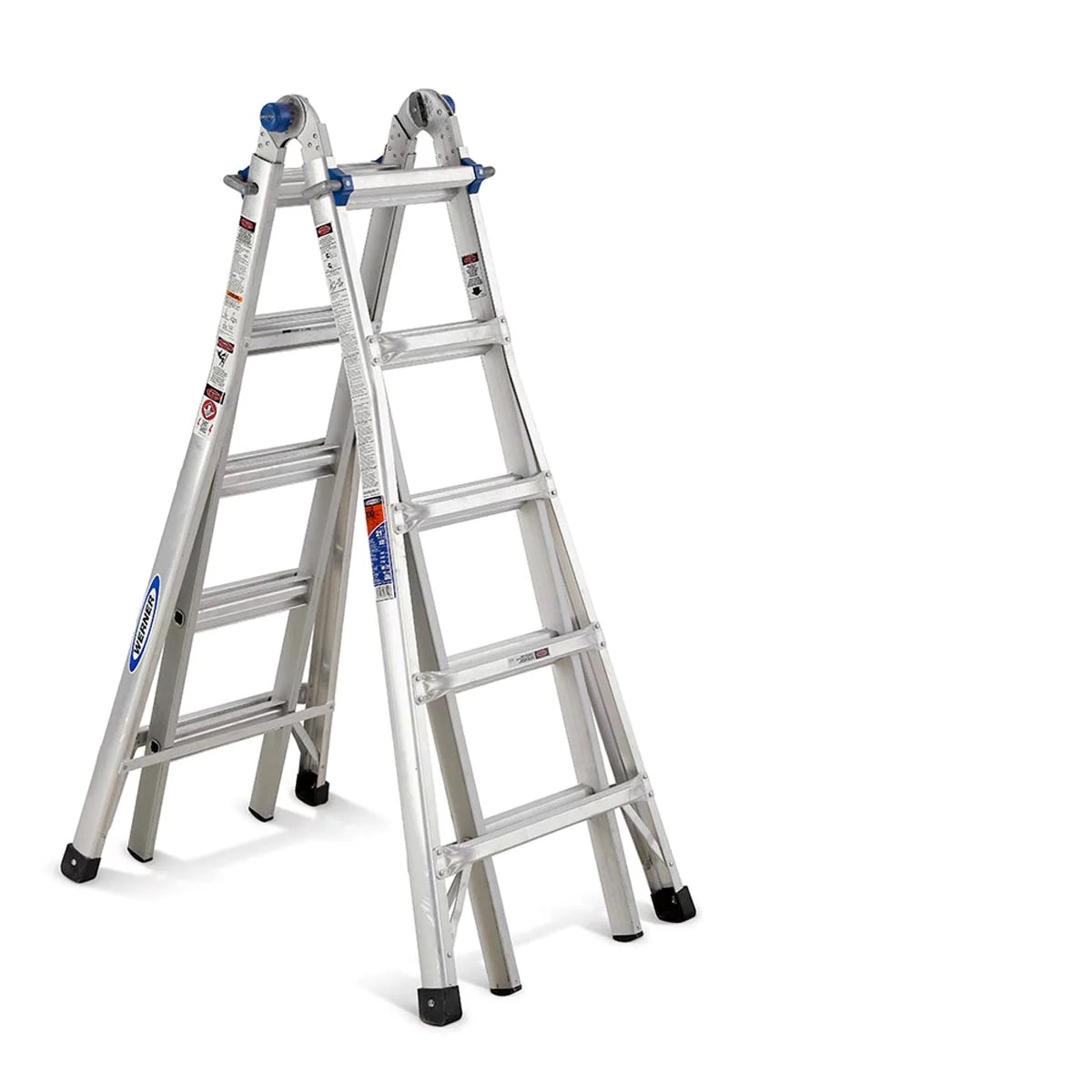
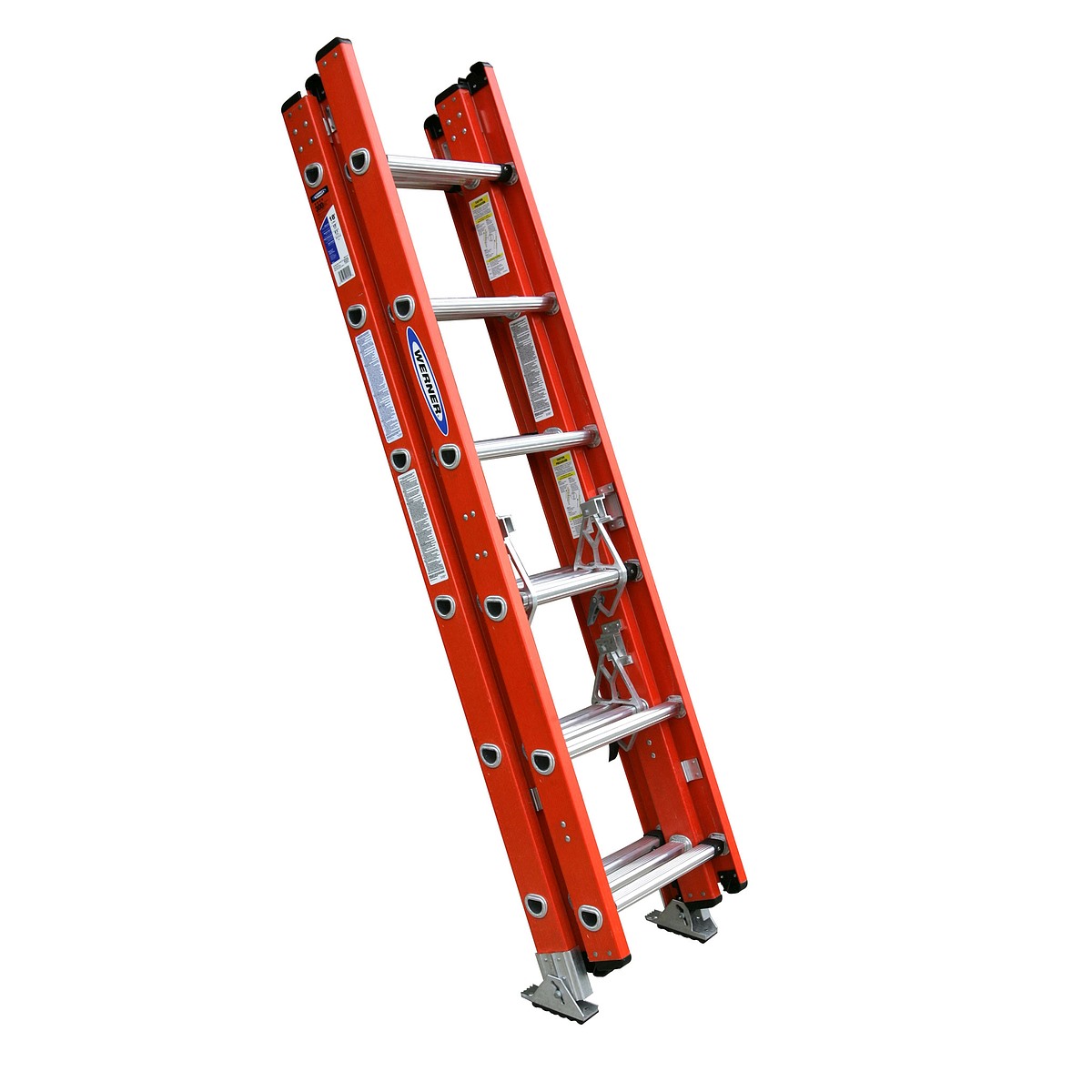
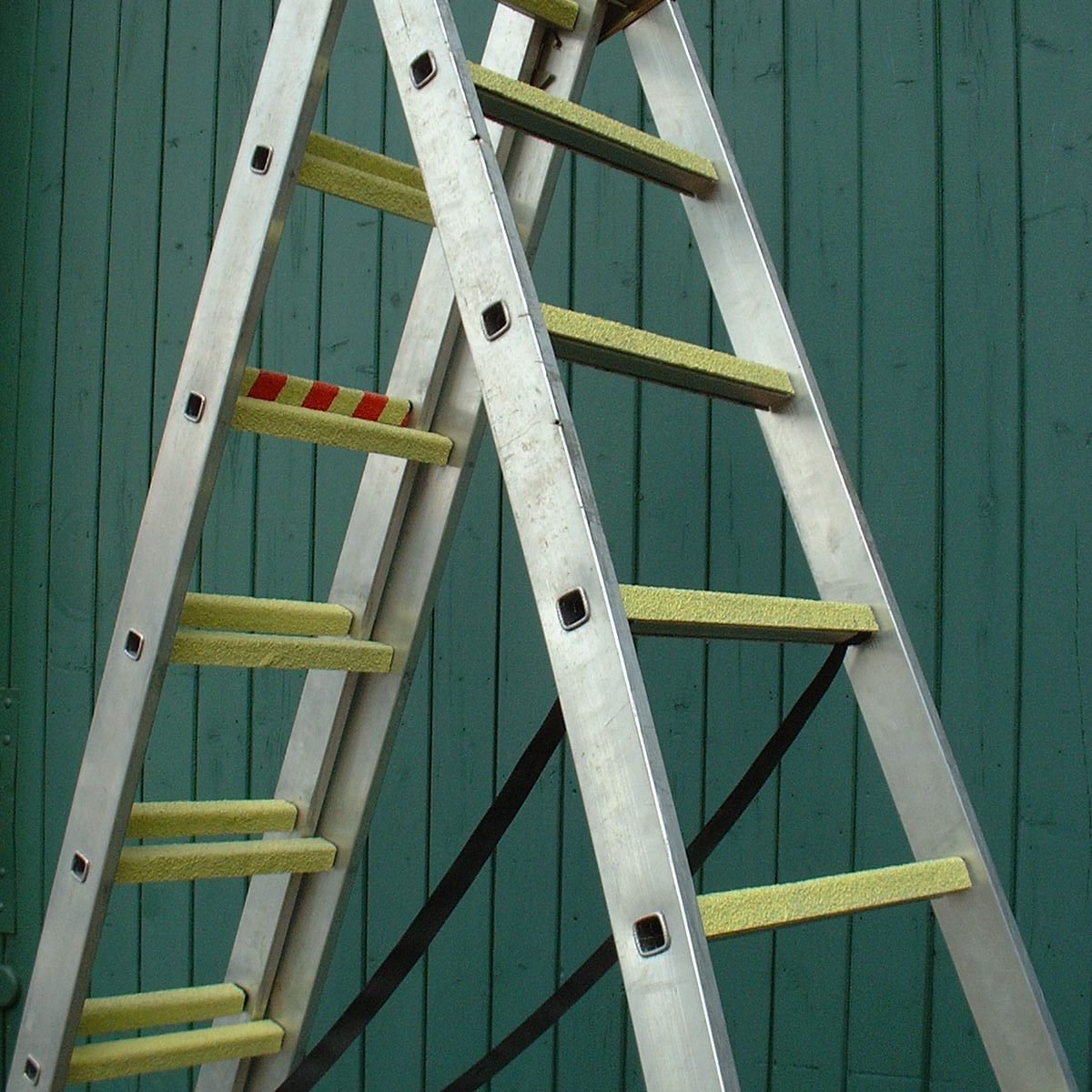
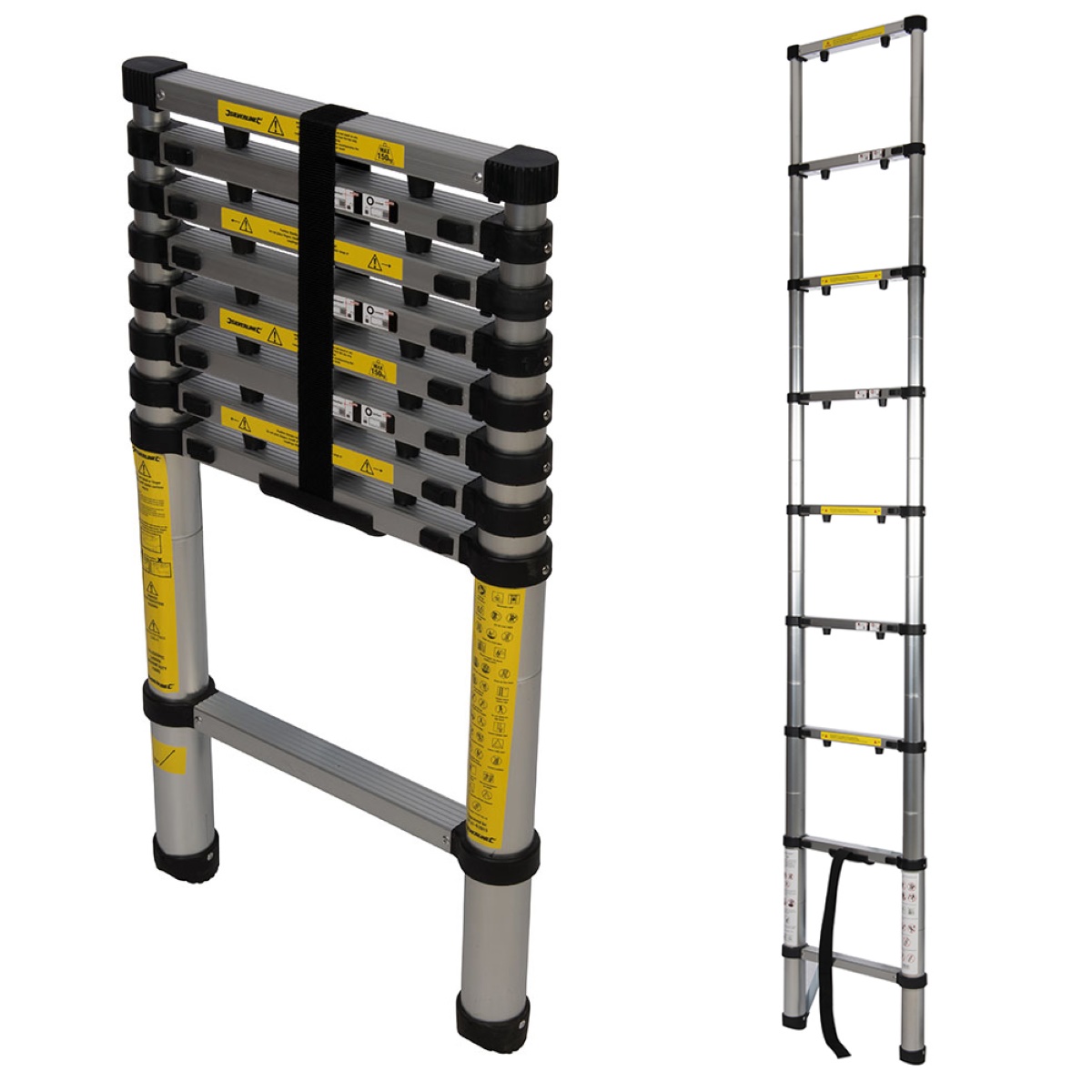
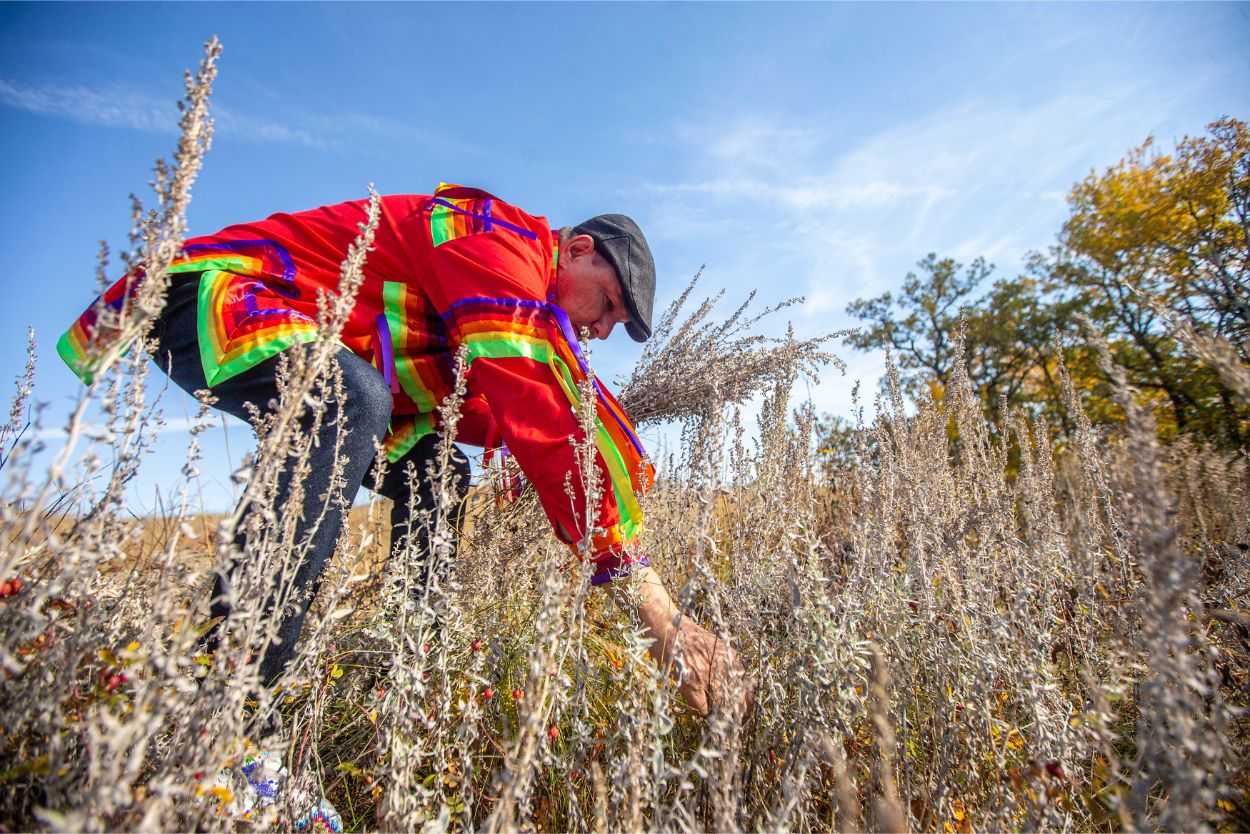
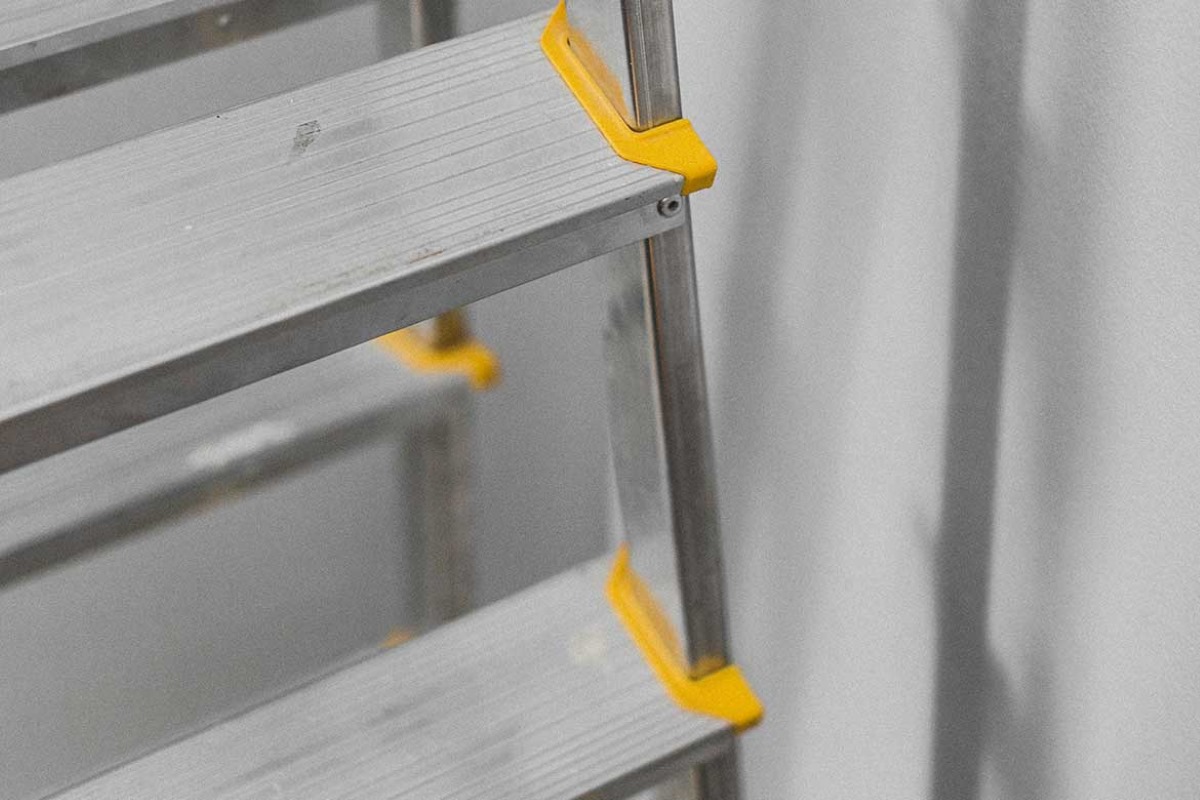
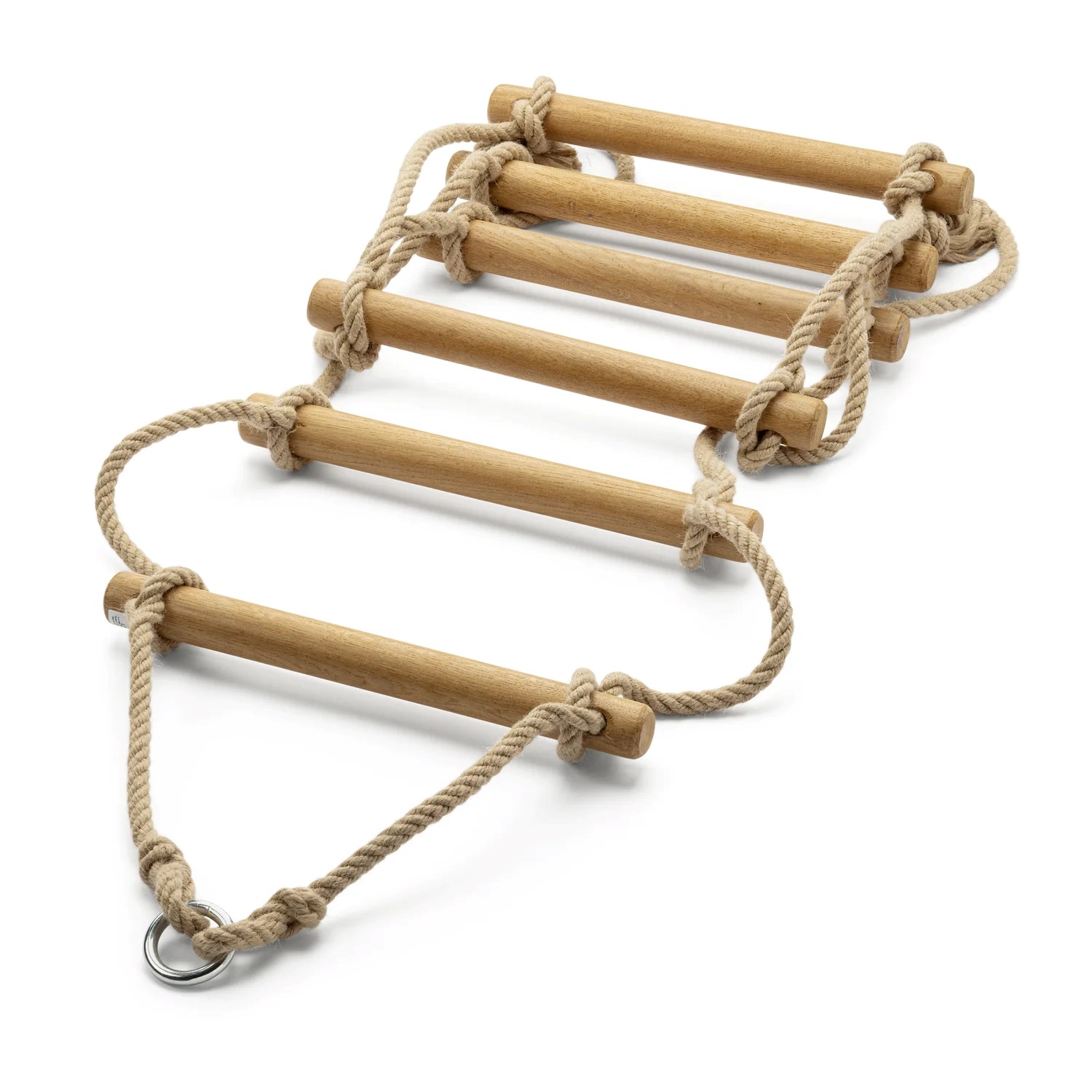
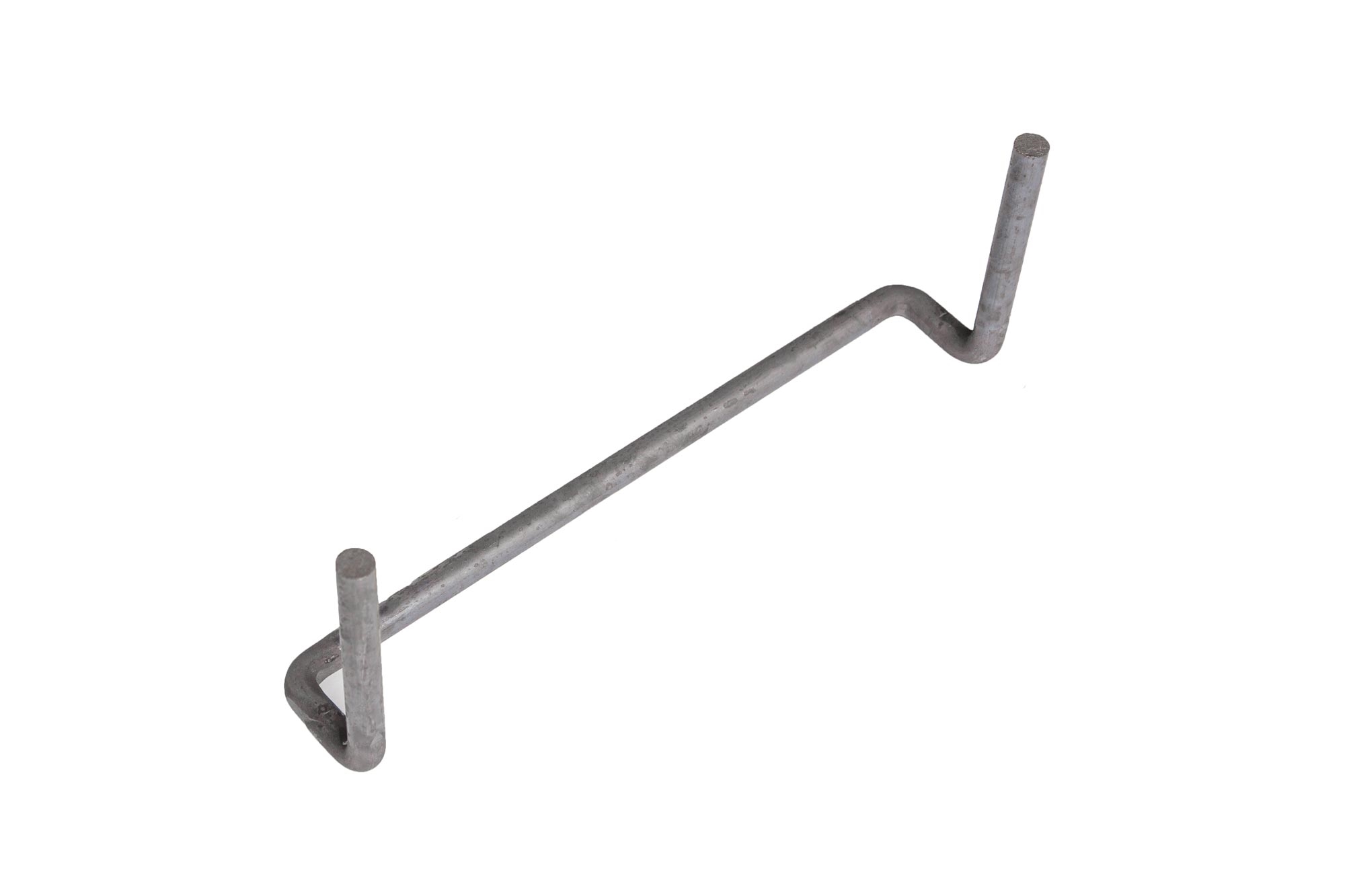
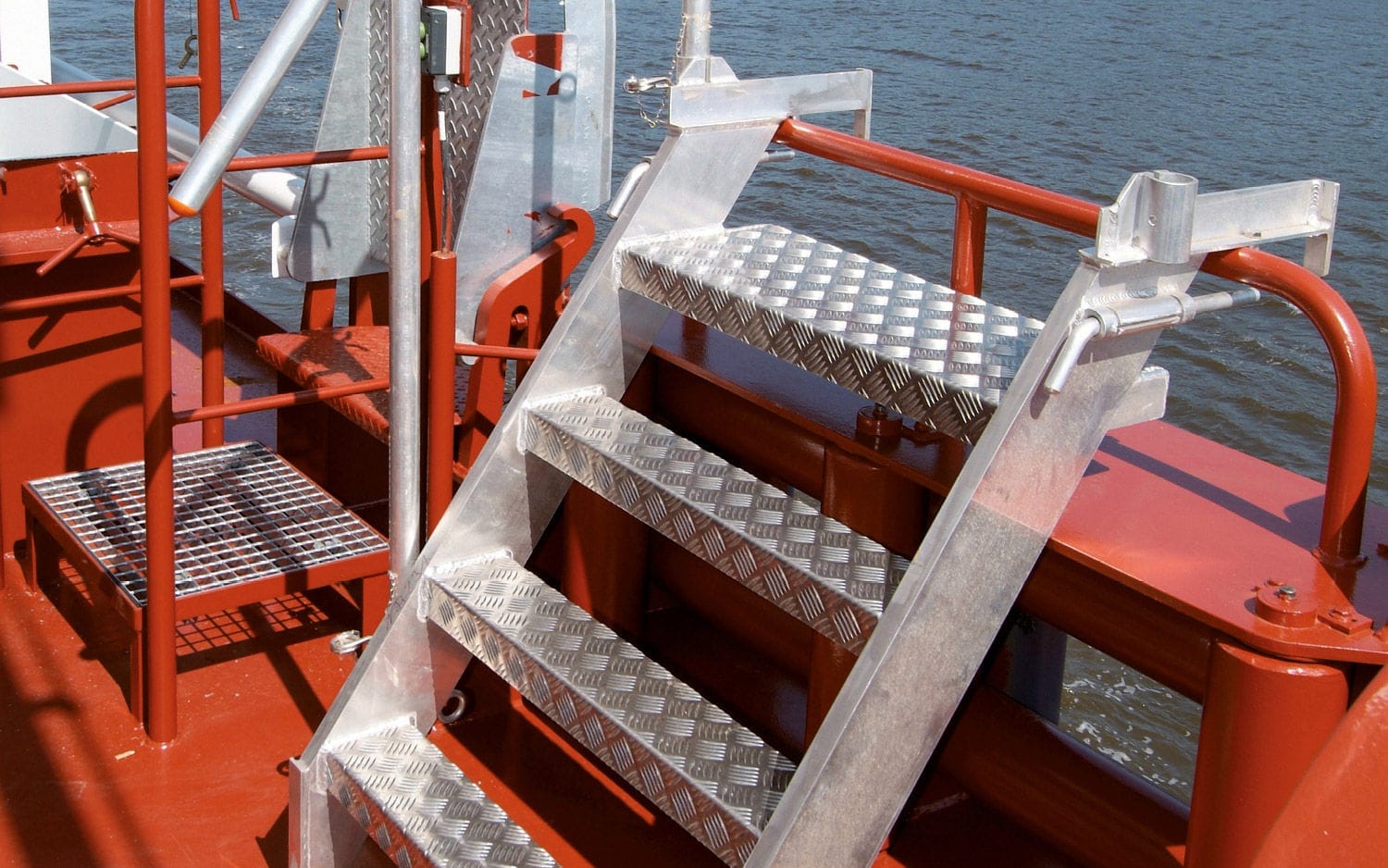

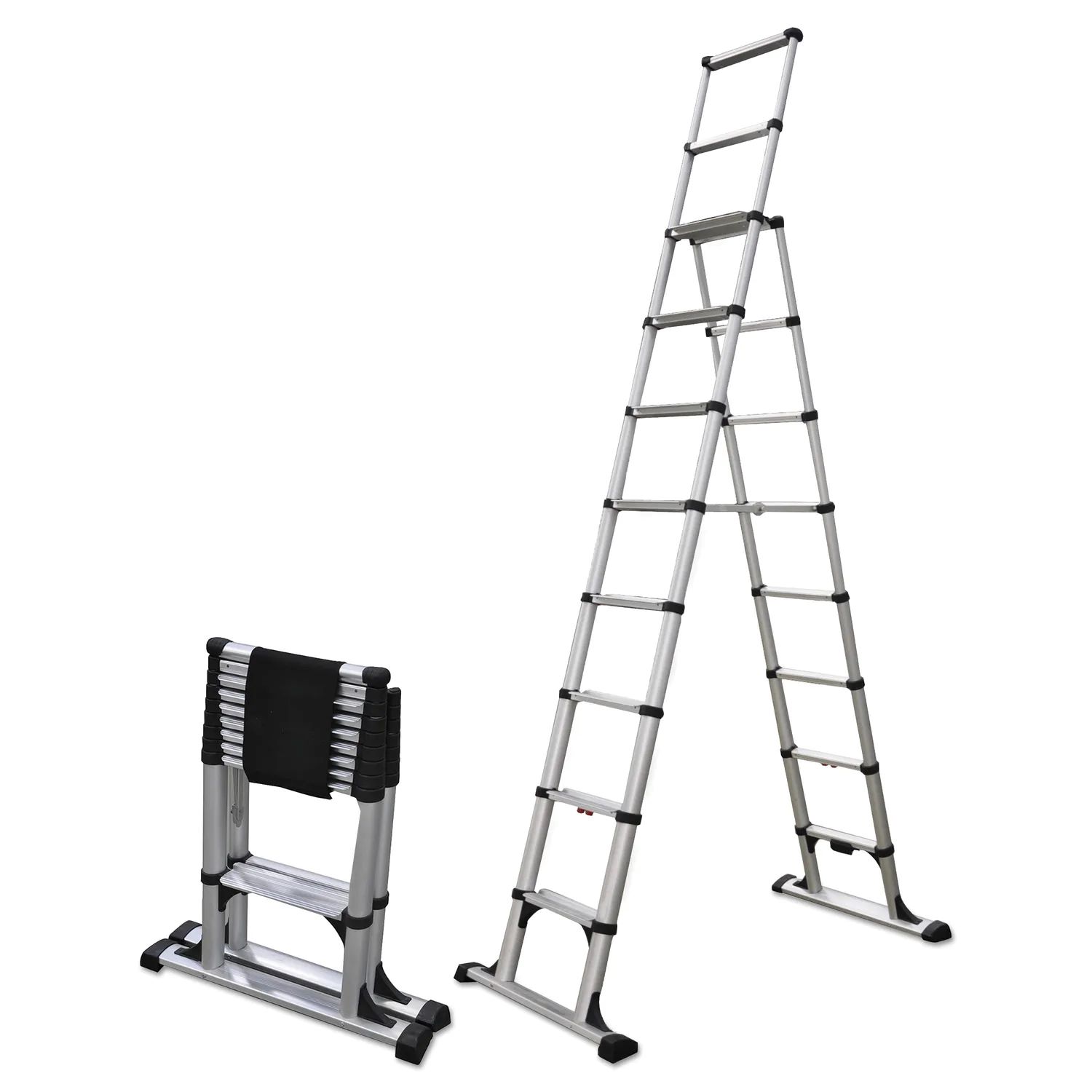

0 thoughts on “What Are The Best Practices For Ladder Usage”